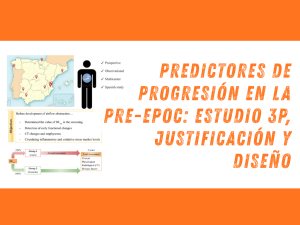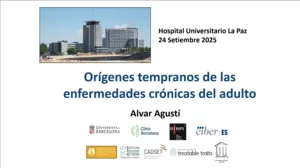Association of Preserved Ratio Impaired Spirometry (PRISm) with Arterial Stiffness

PRISm: A Link to Increased Cardiovascular Morbidity and Mortality
Preserved ratio impaired spirometry (PRISm) is a recently recognized spirometric pattern defined by forced expiratory volume in 1 second (FEV1) / Forced vital capacity ratio ≥0.70 and FEV1 <80% of reference. For unclear reasons, PRISm is associated with increased cardiovascular (CV) morbidity and mortality. Arterial stiffness is a major mechanism of CV disease, which can be measured by carotid-femoral pulse wave velocity (cfPWV).
Objectives
We explored the hypothesis that cfPWV would be increased in individuals with PRISm and airflow limitation (AL).
Methods
We measured forced spirometry, lung volumes by body plethysmography, and cfPWV in 9,466 subjects recruited from the general population in the Austrian cross-sectional LEAD study, and tested the association of arterial stiffness with PRISm and AL by multivariable linear regression analysis. Individuals aged 18 years and under as well as those with missing cfPWV or co-variates were excluded from further analysis.
Results
Individuals with PRISm (4.6%) were of similar age to those with normal spirometry (85.9%) and significantly younger than those with AL (9.5%).
Arterial hypertension, diabetes mellitus, coronary artery disease, heart failure and peripheral arterial occlusive disease were significantly more common in individuals with PRISm compared to normal lung function and similar to those with AL.
There was a significant association between PRISm and arterial stiffness on bivariate linear regression analysis ,which persisted after robust adjustment for clinical confounders upon multivariable analysis.
CfPWV was significantly higher in individuals with PRISm irrespective of the presence of established CV disease or pulmonary restriction.
AL also showed a significant association with arterial stiffness on multivariable linear regression analysis.
Conclusions
Arterial stiffness measured by cfPWV is increased in individuals with PRISm independent from CV disease and risk factors. The pathobiological mechanisms underlying this association deserve further research.
Authors
Christoph C. Kaufmann , Marie-Kathrin Breyer ; Sylvia Hartl ; Christoph Gross , Caspar Schiffers ; Emiel F.M. Wouters ; Robab Breyer-Kohansal ; Thomas Weber , Kurt Huber ; Alvar Agusti , and Otto C. Burghuber ;
Read more details at
Noticias relacionadas

Predictores de progresión en la pre-EPOC: estudio 3P, justificación y diseño
Conoce el estudio 3P que analiza los factores que predicen la progresión de la pre-EPOC a EPOC en fumadores con espirometría normal.

Origenes tempranos de las enfermedades crónicas del adulto
Charla de Alvar Agistí en el H. La Paz sobre los orígenes de las enfermedades crónicas. tempranos en la sesión titulada: Orígenes tempranos de las enfermedades crónicas del adulto. El 24/09/2025

Reply: Spirometry remains the GOLD standard test for COPD diagnosis
Commentary in the European Respiratory Journal (June 2025) reaffirming spirometry as the essential diagnostic tool for COPD.
Artículos
Spirometry-Espirometría
- 759578·Alberto Papi et Al.-Relationships between symptoms and lung function in asthma and/or chronic obstructive pulmonary disease in a real-life setting: the NOVEL observational longiTudinal studY
- 768973·Xander Bertels et Al.- Phenotyping asthma with airflow obstruction in middle-aged and older adults: a CADSET Clinical Research Collaboration
Imagen obtenida en Canva Pro.
